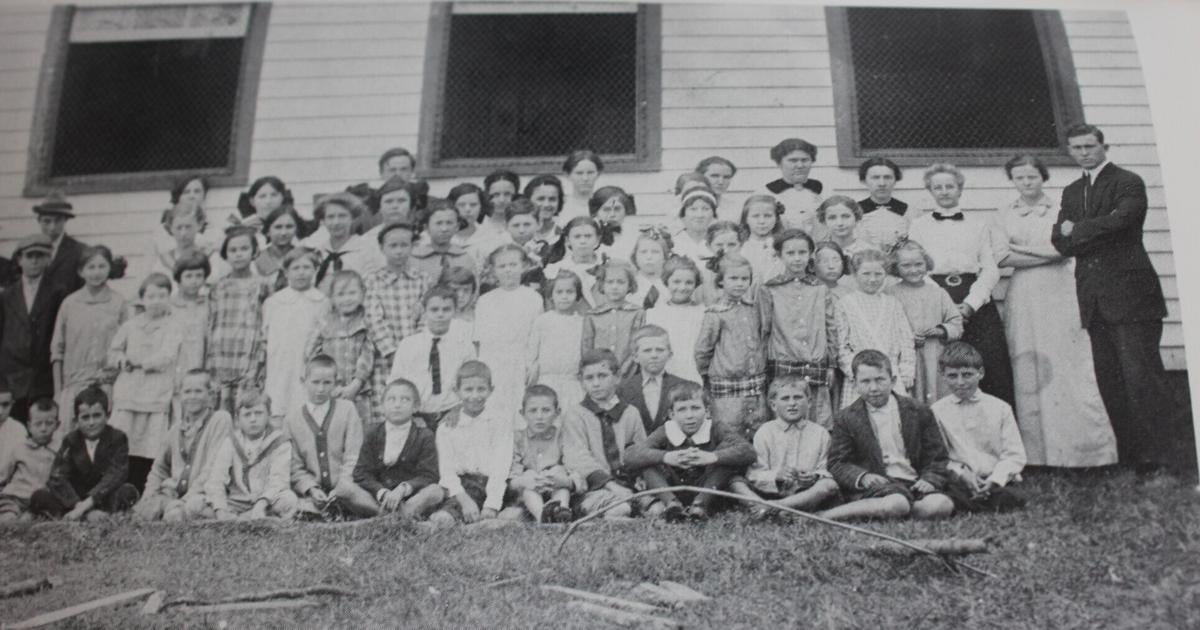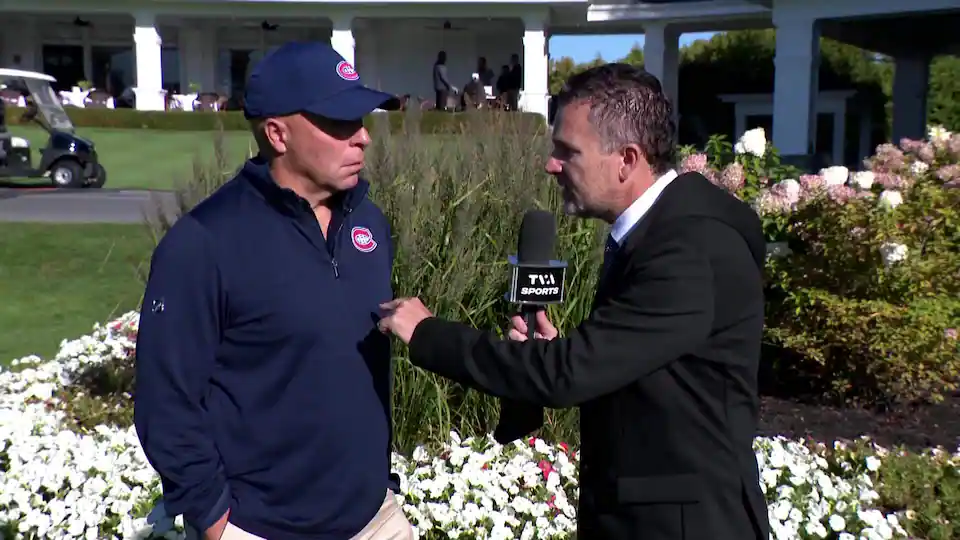
A dogcatcher’s wagon for a school bus, dirt floors in classrooms and student-installed electricity were all the students and staff had at the Monroe School in Greene County when its doors opened in 1925.
This coming spring, the 100th graduating class of William Monroe High School will receive their diplomas, an accomplishment celebrated today but not necessarily a century ago.
When Greene County officials declined to support children pursuing an education past elementary school, it was up to parents, neighbors and an illiterate indentured servant to guarantee they could keep up their studies.
“County leaders were opposed to public education and didn’t pay for any part of the original school,” Barbara Haney told The Daily Progress.
Haney, who graduated from the Monroe School in 1957, is chairwoman of the William Monroe High School class reunion team. In addition to being the unofficial school historian, Haney helps plan and coordinate multiple generations of graduates from as far back as the 1940s.
The Greene County Board of Supervisors refused to fund the school in 1925, even though federal and state laws required localities to educate children through high school. The Greene County Record spurred the construction of the school by printing the names of donors and contributors to the Monroe School, now William Monroe High School. According to Haney, the county’s initial refusal to pay for the school launched a campaign of neighbors helping neighbors to ensure Greene’s children had the best education possible in the area.
“The county didn’t pay for any of it. The agriculture students went to the mountains and cut the poles, came back, dug the holes and put the electricity in,” recounted Haney.
William Monroe middle and high schools along with Nathanael Greene primary and elementary schools educate roughly 2,500 children daily on their sprawling Stanardsville-area campus, where the original Monroe School was built.
“Our predecessors have shown that when you keep students at the center of every decision, you create a lasting impact,” William Monroe High School Principal Kris Wimmer told The Daily Progress in an email.
An illiterate indentured servant from England, William Monroe himself, knew how important an education could be nearly 200 years prior to the school’s founding. Monroe left money and property in his will for the education of the poor after his death in 1769. According to county records, the initial $12,000 needed to build the original wood-frame school came from Monroe’s estate.
“A man who could not read or write and signed his will with an X for his name had the foresight to realize how important education would be for future generations,” said Haney.
The eight-room schoolhouse opened in 1925 with 45 students attending grades 1 through 11. By the end of the first academic year, the school surpassed 50 students and earned accreditation. Seven students graduated from the Monroe School in 1925. A decade later, that number nearly tripled to 20. This spring, about 250 William Monroe High School students anticipate graduating.
“This year’s graduating class has chosen the motto 100 Years in the Making — a phrase that perfectly captures the legacy and collective contributions of our school community. For a century, the dedication of students, staff, alumni and families has shaped William Monroe High School into what it is today, and we are proud to honor that tradition as we look ahead to the future,” said Wimmer.
About 25 teachers and staff members at the school today are former William Monroe High School graduates, carrying on a tradition set 100 years ago. Of the seven initial senior graduates in 1926, two women attended Madison College, present-day James Madison University, for the summer and returned to teach at the Monroe School that fall.
While many early educators were women, not many were in positions of leadership in education. Laura Moyer challenged that stereotype as assistant principal at the Monroe School in the 1950s.
“Mrs. Moyer was the assistant principal, and we didn’t think anything of her being a woman and an administrator. We realized the significance once we got out into the world. It was unheard of to have a woman in administration,” Haney said. “She started teaching in Stanardsville in 1913, before the newer school was built. She was there when it first opened in 1925 and later became assistant principal. She was a fixture at Monroe.”
Haney also studied education at Madison College and would dedicate the next 34 years teaching history to children around the commonwealth.
“Mr. Breeden taught geometry to four of us who were going to college. Geometry was not in the regular curriculum, and we had to meet in the auditorium because there weren’t enough classrooms,” Haney said.
While coeducation was more accepted by the 1920s, and the Monroe School educated both boys and girls, those students were White in those early days. The county’s Black students were sent to smaller, segregated schools. The county’s young Black students were segregated into smaller elementary schools, and older students were bused into Charlottesville for high school.
“In 1927, county leaders realized education was important and they put an addition on the old school of one more classroom and a full library in 1934. They also finally put concrete over the dirt floors in the basement,” Haney said.
According to the Center on Education Policy at George Washington University, high school attendance did not become commonplace until the 20th century. In 1910, only 14% of Americans over the age of 25 had completed high school. By 2017, 90% of Americans aged 25 and older had a high school diploma.
When the Monroe School opened, courses were not as varied as they are today. Most children studied English, Latin, a practical science such as chemistry and a basic math. Eventually more language choices were added as well as home economics for girls.
Haney maintains that coming from a small, rural school was not a disadvantage.
“Some say that we were at a phenomenal disadvantage when we went to college, as opposed to other students who had been to city schools and had greater course offerings, but I never found a disadvantage. My philosophy is you get out of any education what you put into it. Even though we may not have had certain courses, we knew if we applied ourselves in college, we would pass those new courses,” she said.
Celebrations are planned throughout the year to commemorate the 100th anniversary of William Monroe High School. The reunion team hosted a celebration Sept. 27 with a tour of the high school and recognition of a graphic wall honoring the first 100 years. According to Haney, roughly 200 former William Monroe High School graduates from as far back as the 1940s are expected to attend. The school also anticipates the installation of two walk-through displays this year chronicling the past 100 years.
“The history of our school lives on throughout our campus — seen in every wing, in the students whose families have walked these halls before them and in the lessons passed down from those who paved the way,” said Wimmer.
Heather Price Ives
hives@dailyprogress.com
Want to see more like this?
Get our local education coverage delivered directly to your inbox.
* I understand and agree that registration on or use of this site constitutes agreement to its user agreement and privacy policy.
Heather Price Ives
Outer Counties Reporter
Get email notifications on {{subject}} daily!
Your notification has been saved.
There was a problem saving your notification.
{{description}}
Email notifications are only sent once a day, and only if there are new matching items.
Followed notifications
Please log in to use this feature
Log In
Don’t have an account? Sign Up Today



